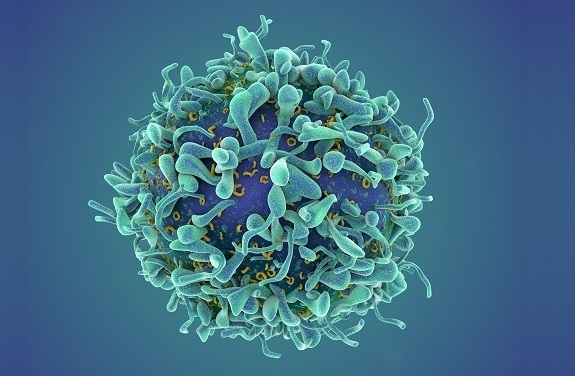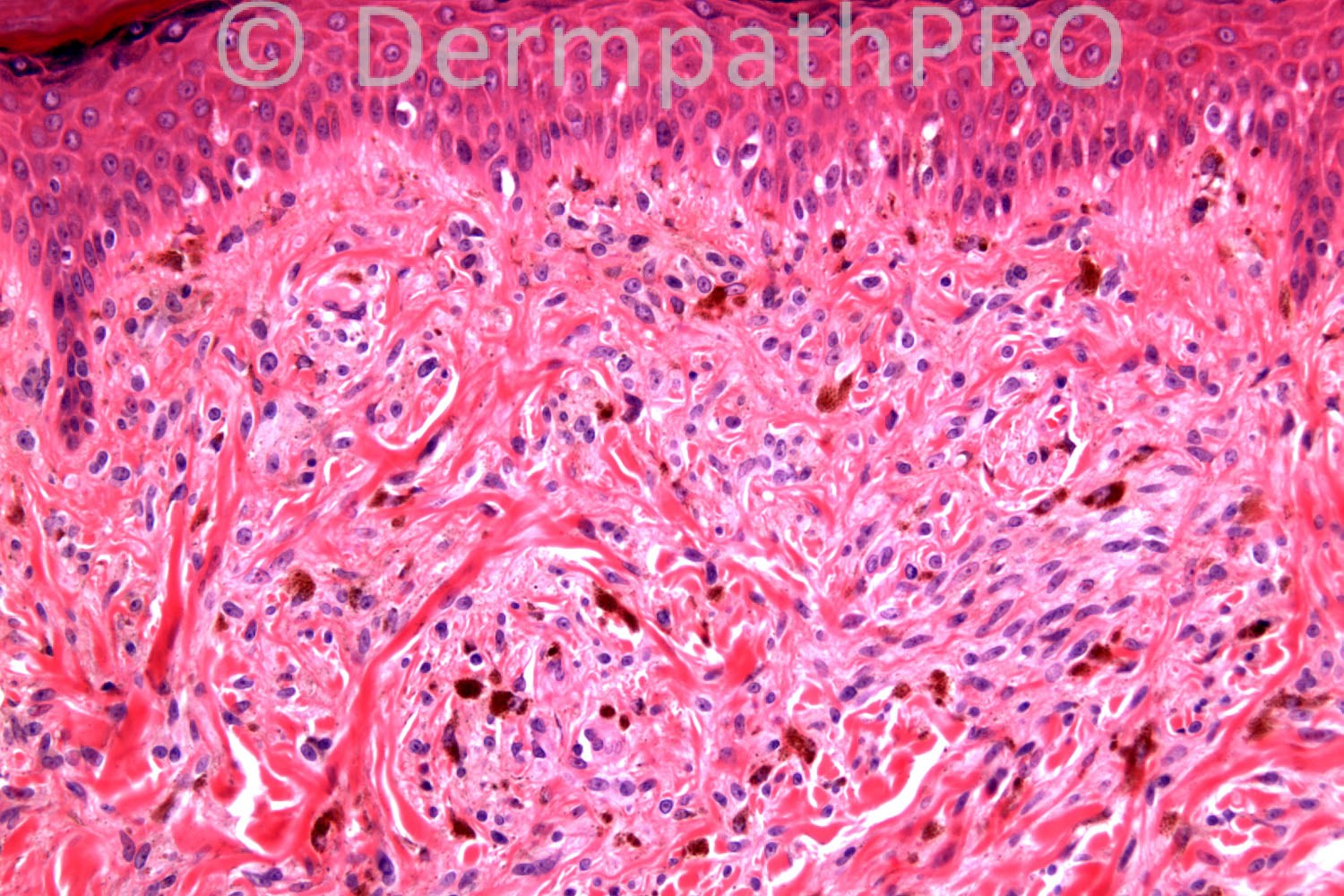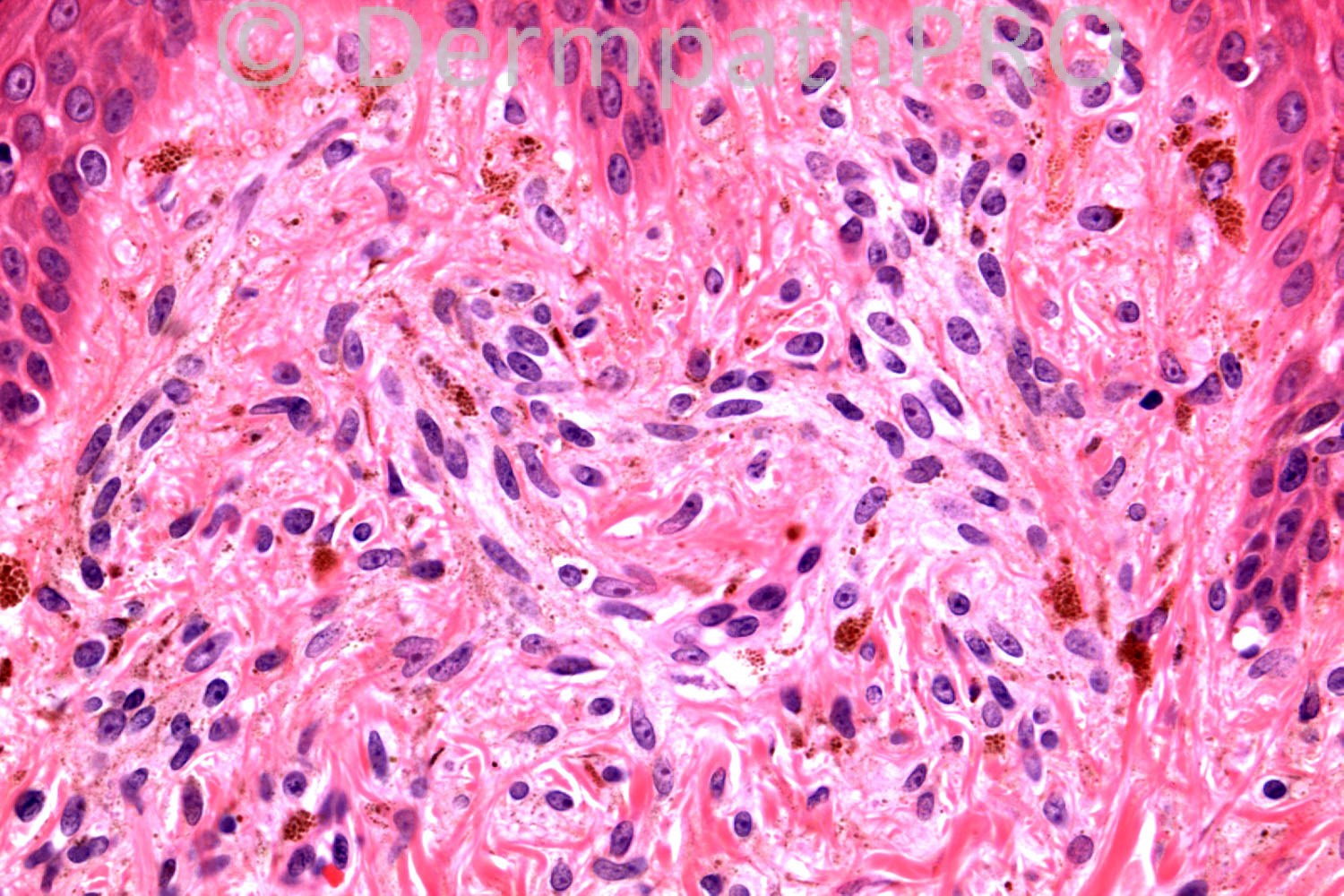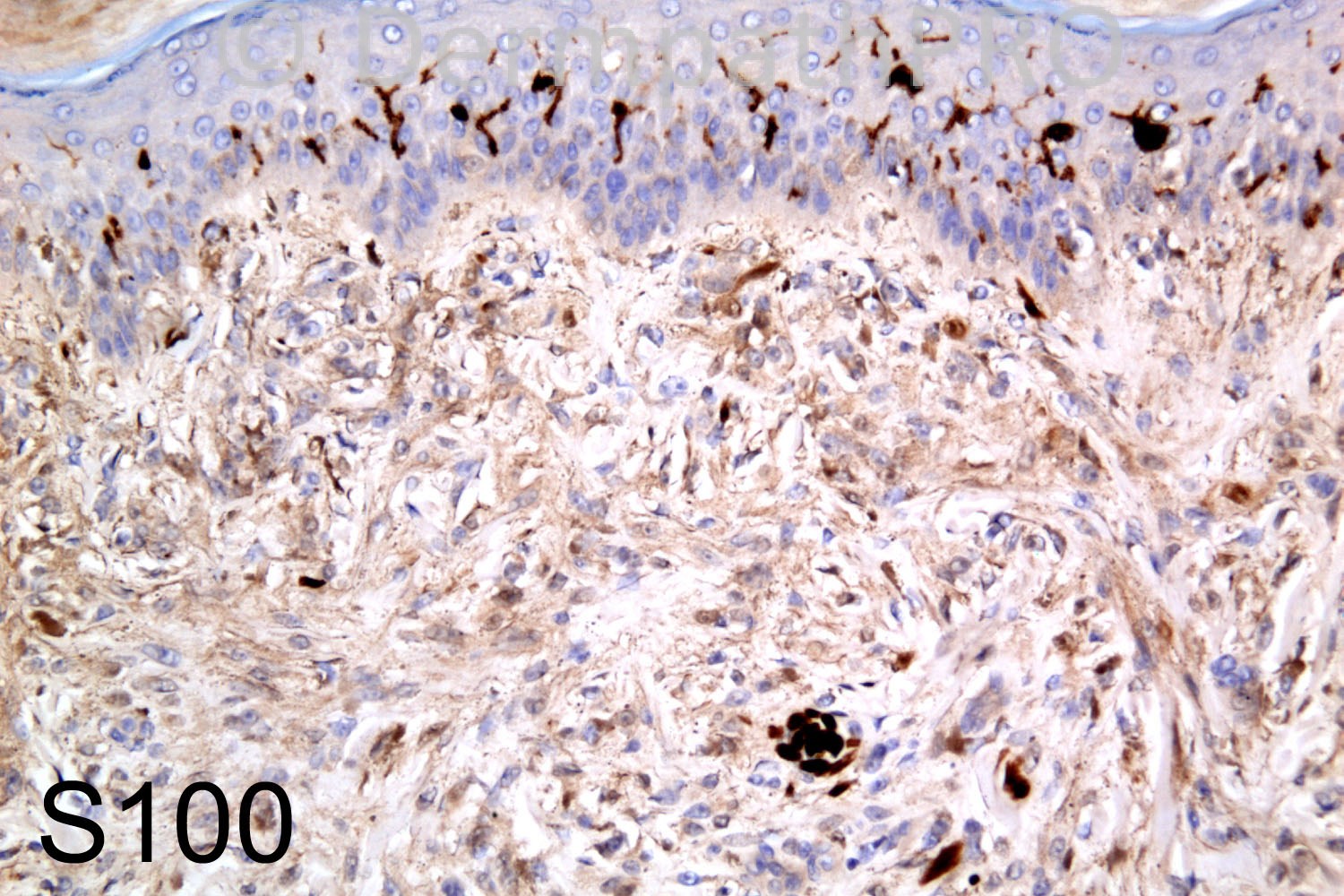Building Blocks of Dermatopathology
BAD DermpathPRO Learning Hub: Basics of Immuno
Case Number : IM0012 Dr. Richard Carr
Please read the clinical history and view the images by clicking on them before you proffer your diagnosis.
Submitted Date :
16 years-old female, lesion on foot. ?Spitz naevus













User Feedback